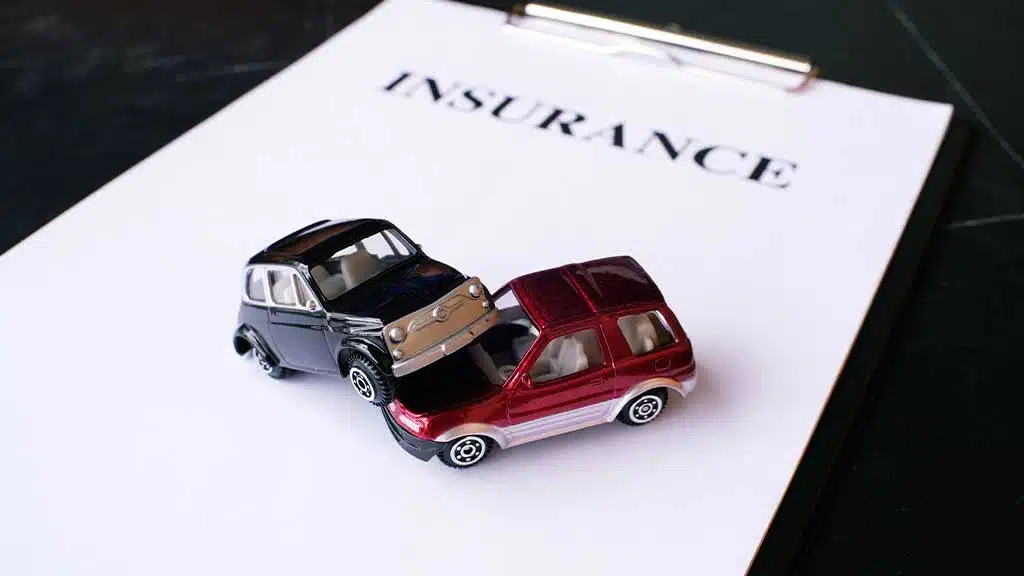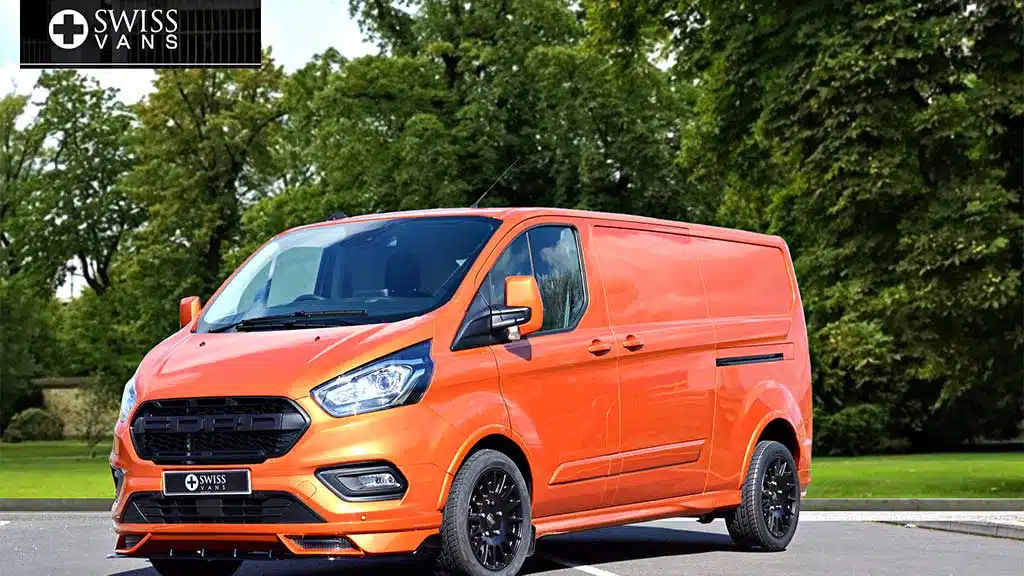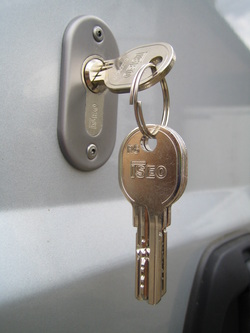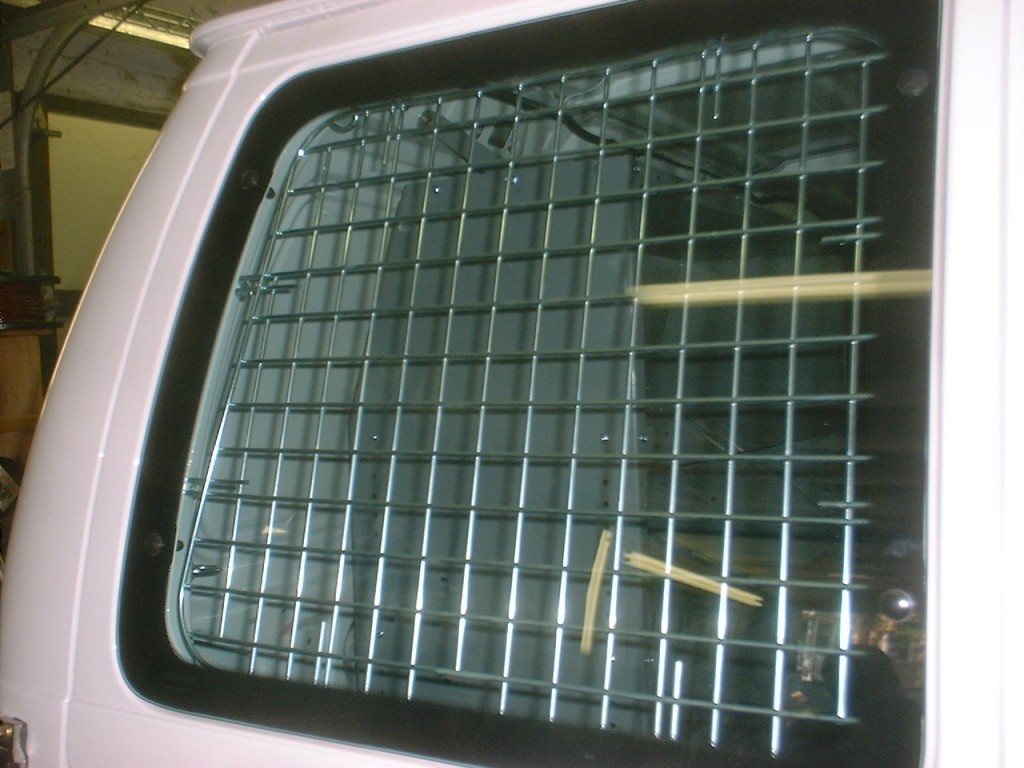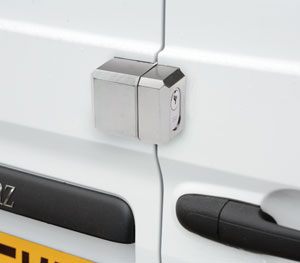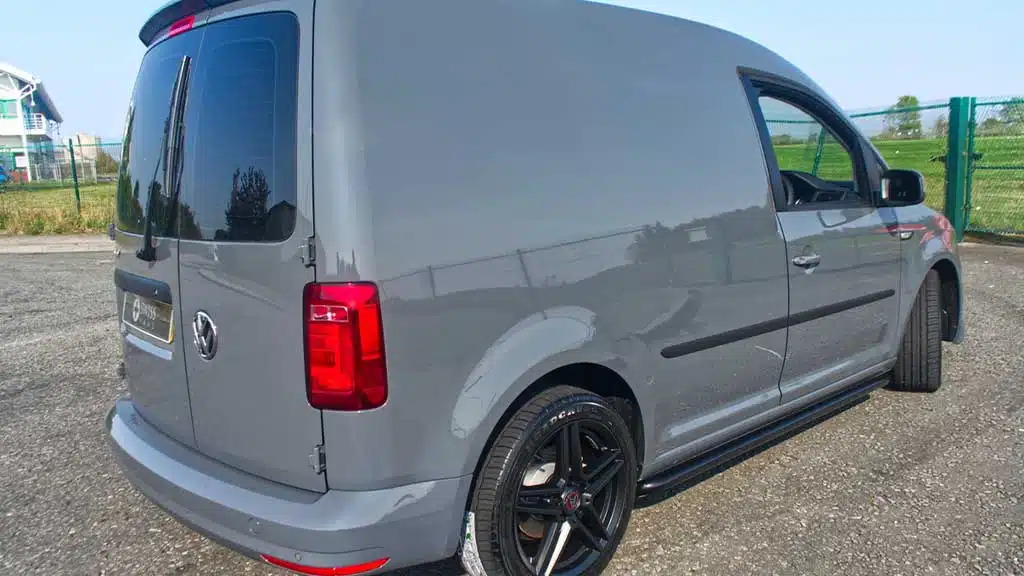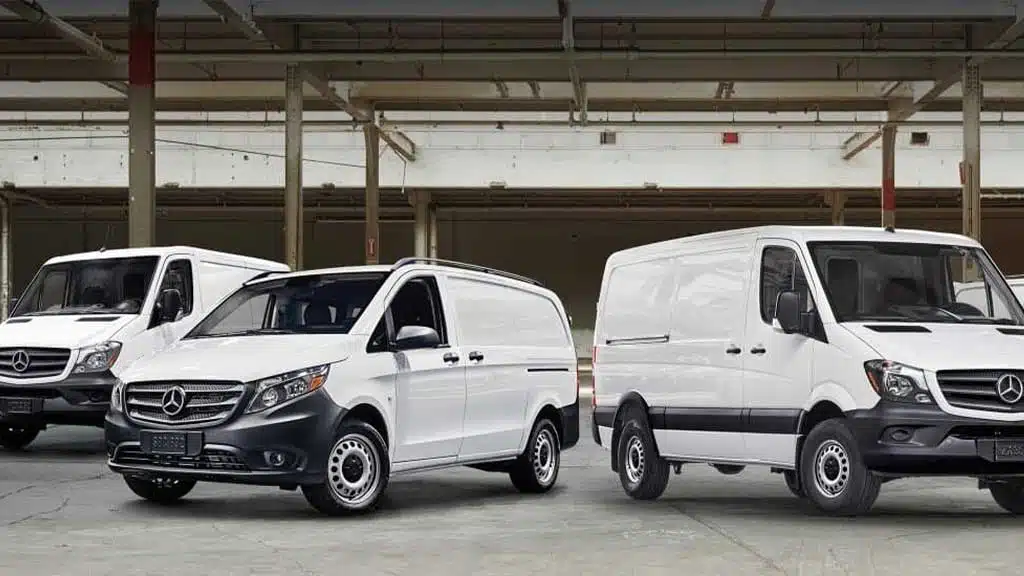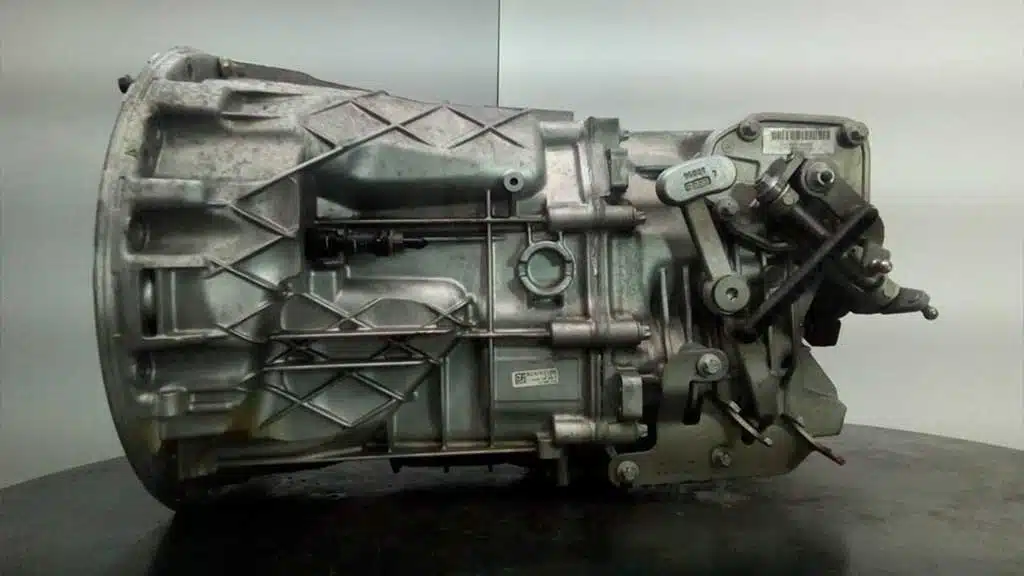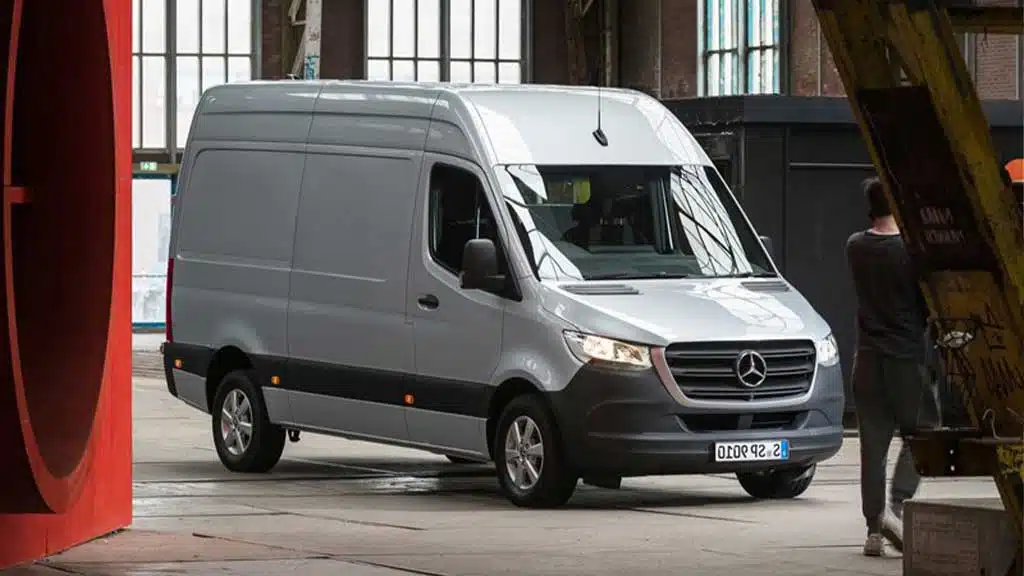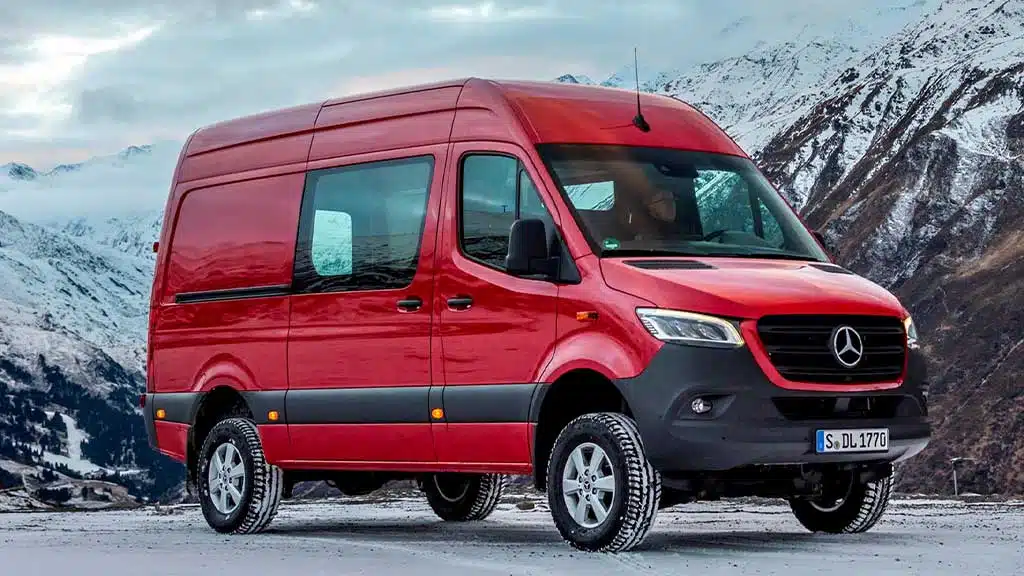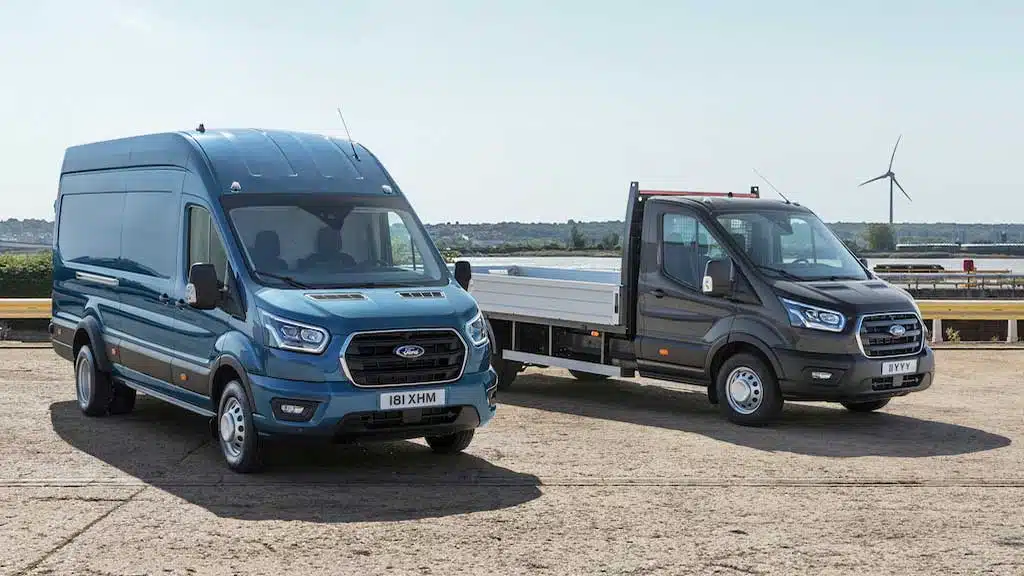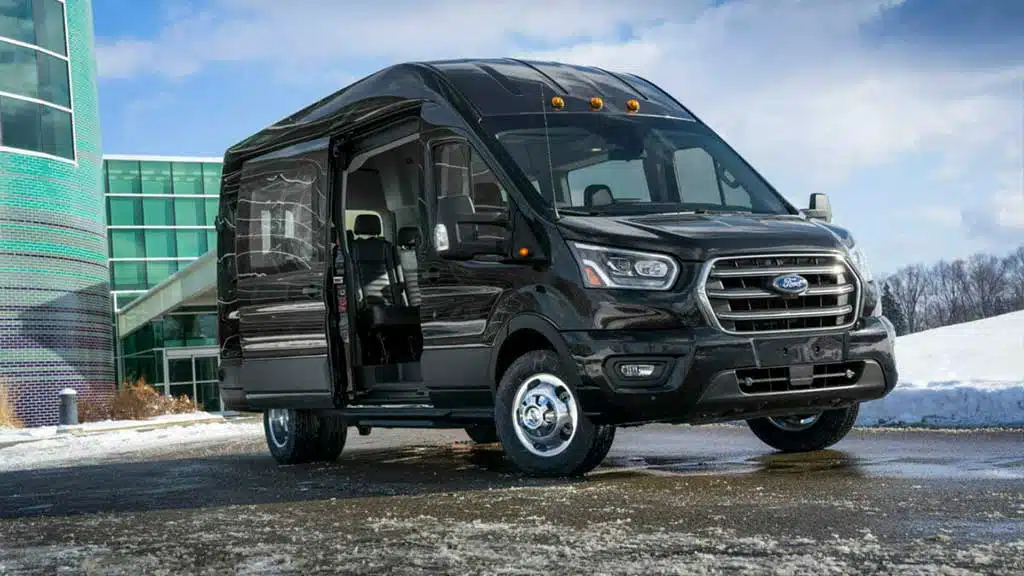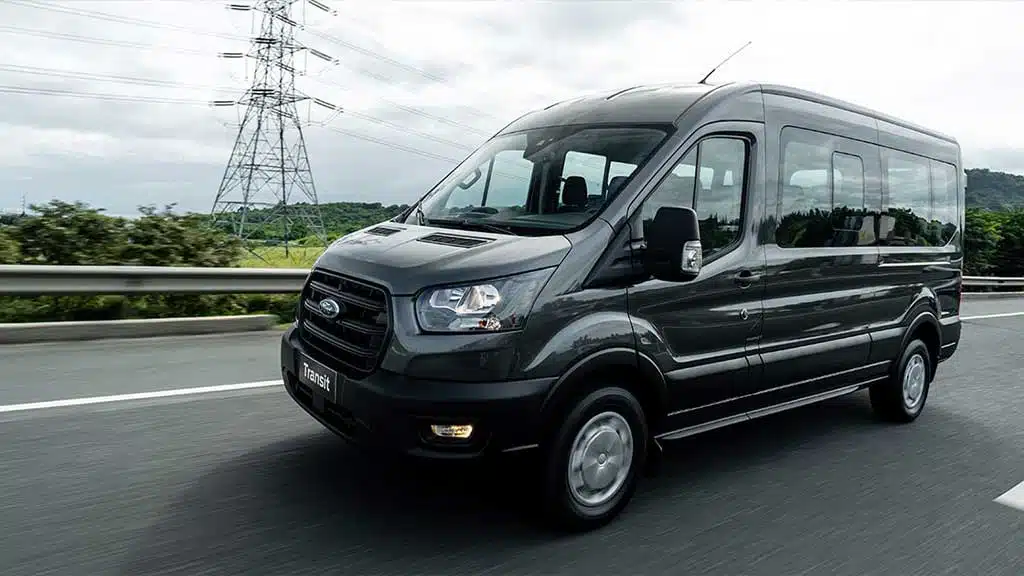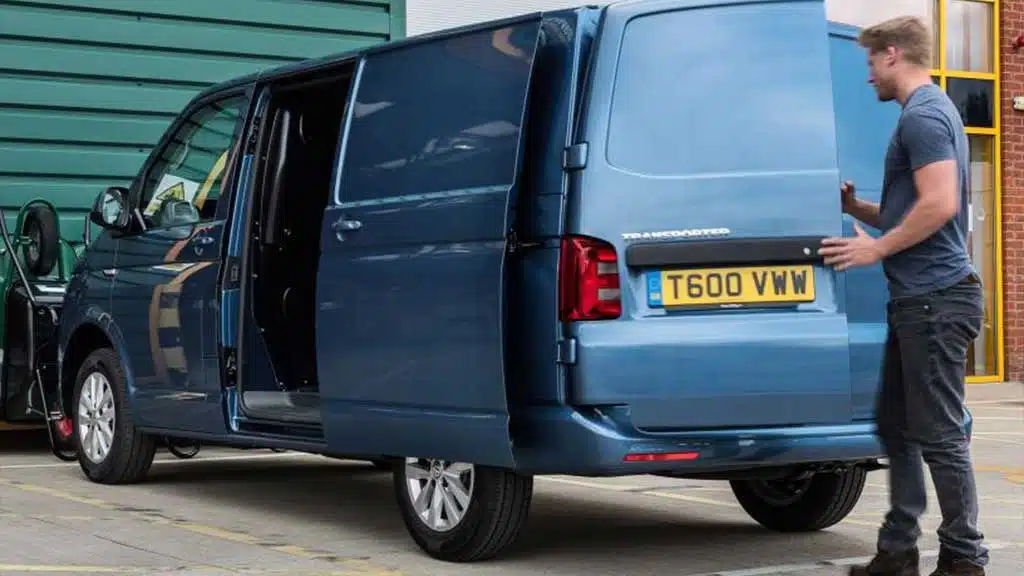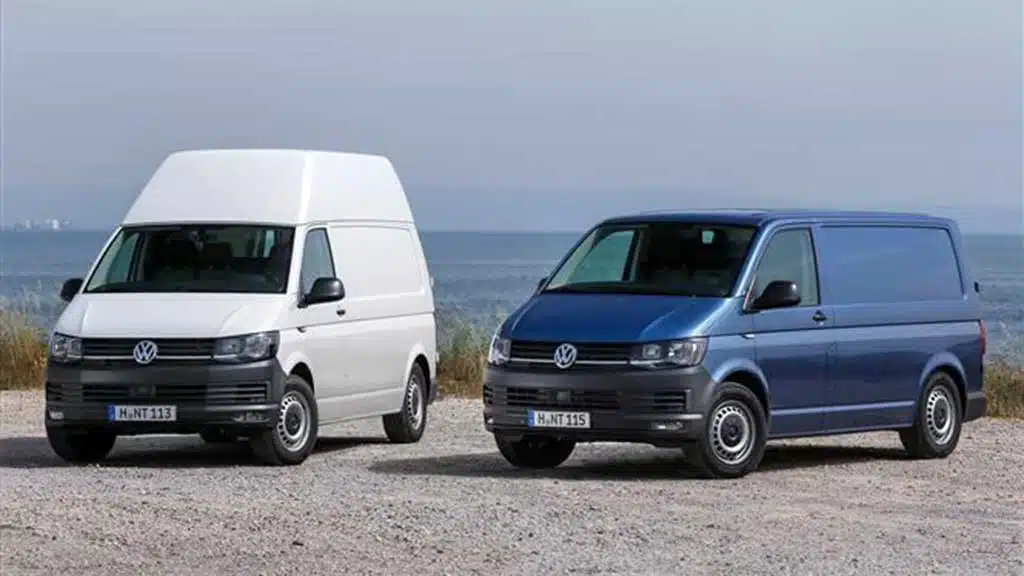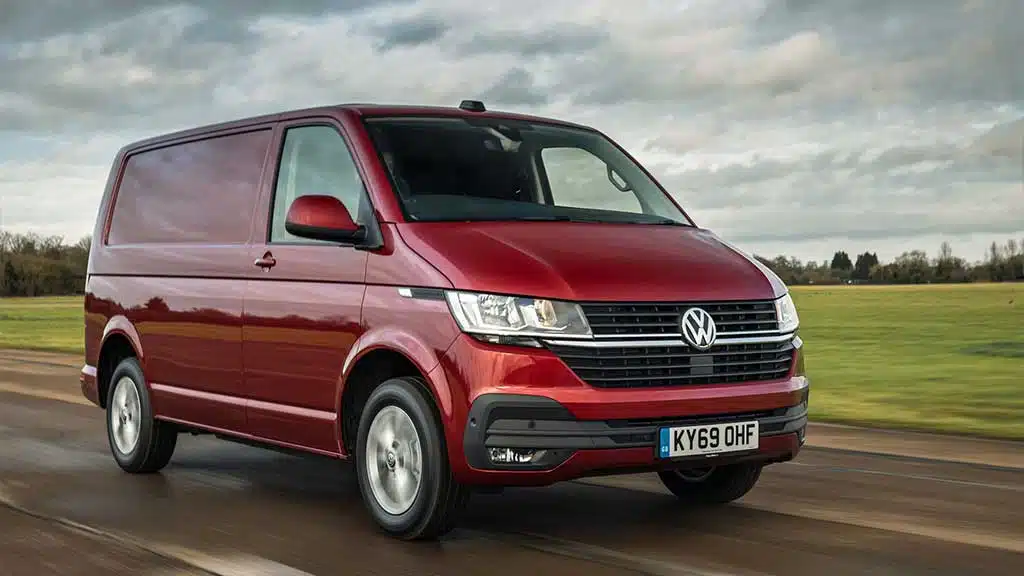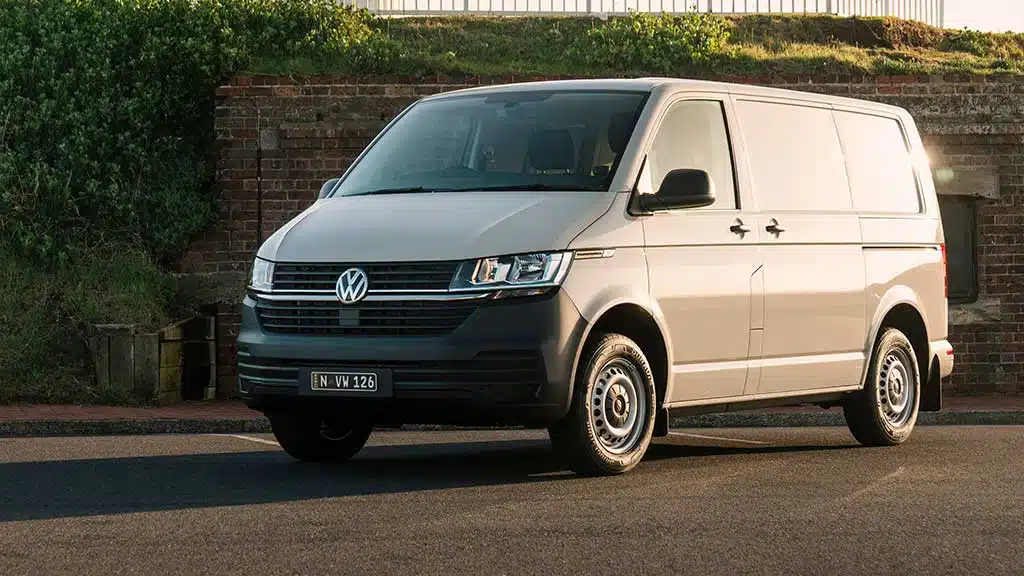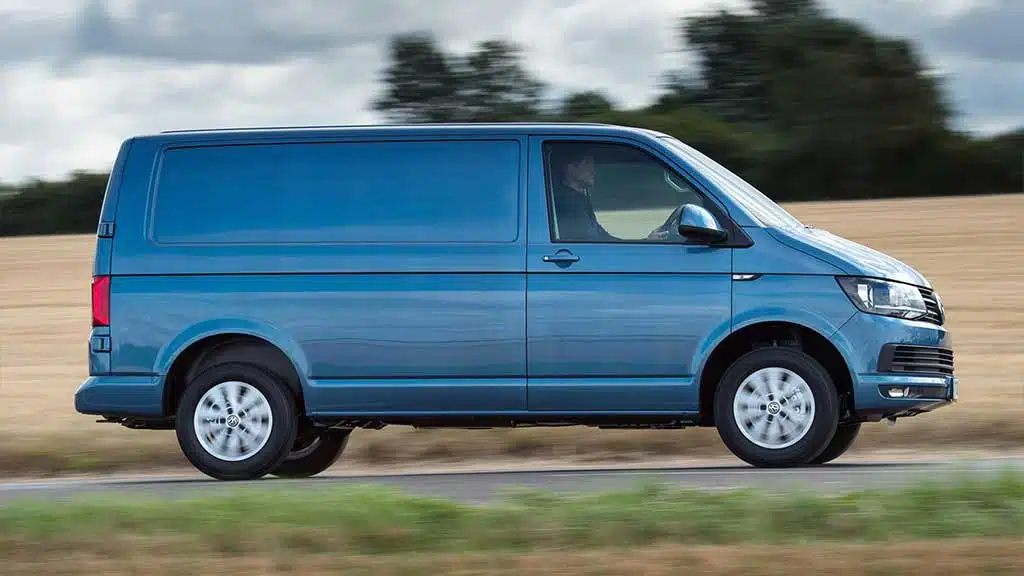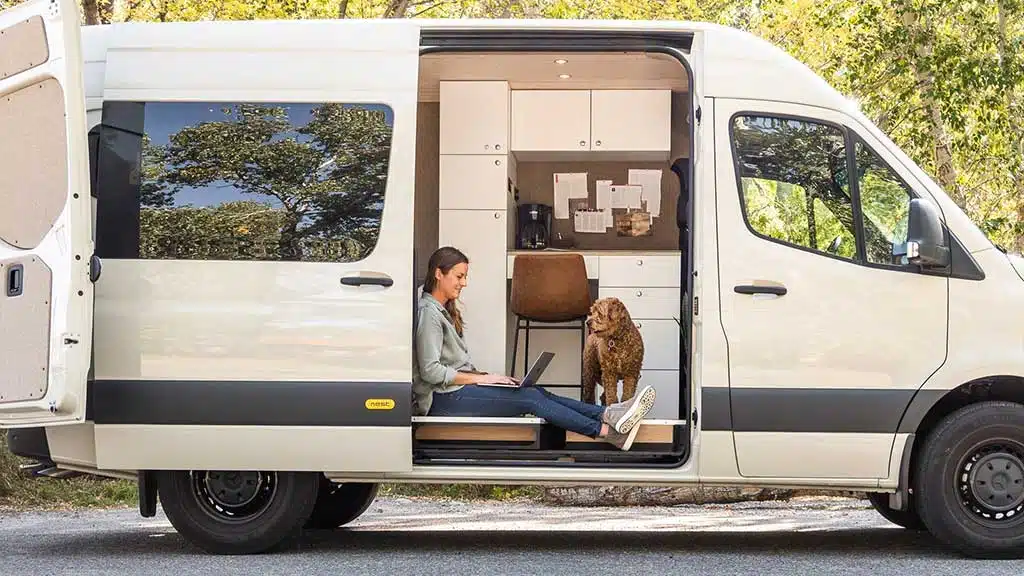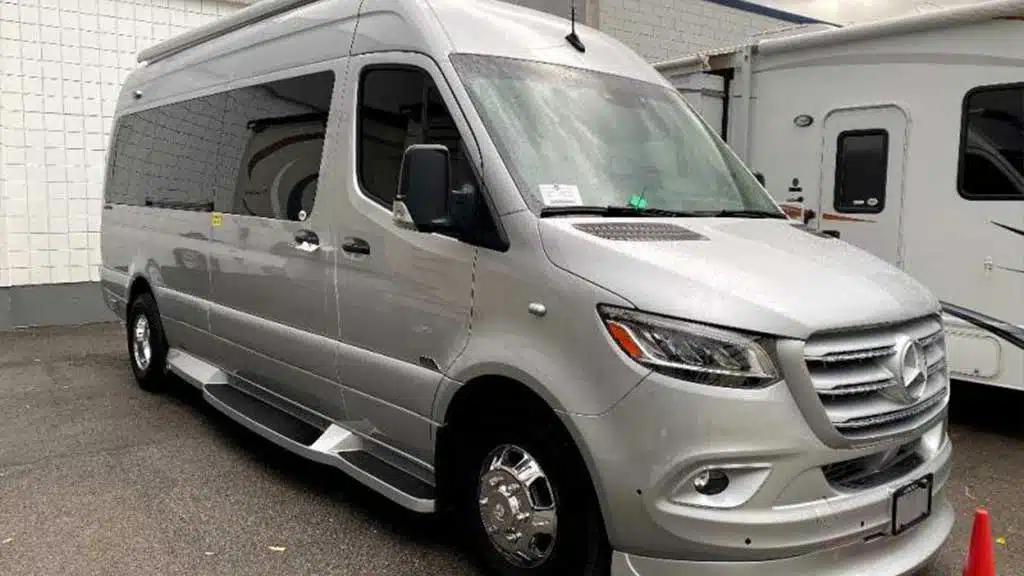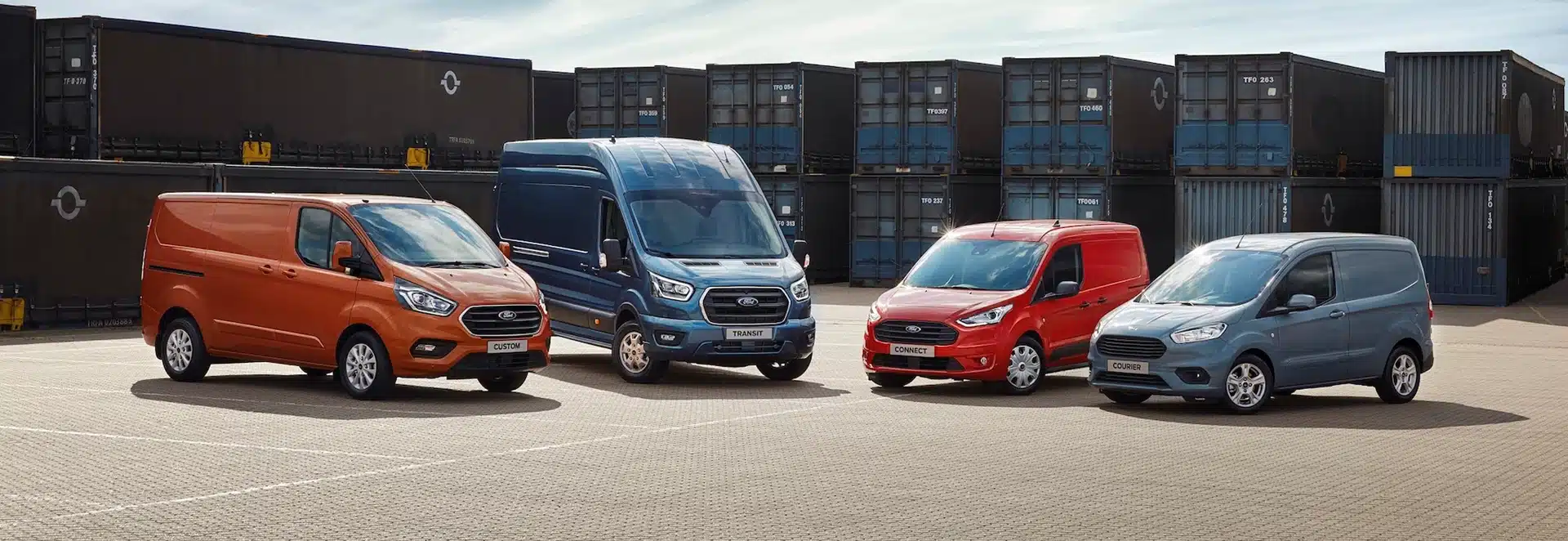“Do I need gap insurance if I have full coverage?” is one of the questions we get asked all the time. Well, the answer is yes, if I must say.
But truly that is not the right question to ask. What you should be asking is if you can pay off the loan balance if your car is damaged or stolen, plus the difference in value.
It’s fun to get new cars. But given that new cars depreciate so quickly, especially in the first year of ownership, there can soon be a difference between what you owe on the loan and what the car is worth. When you owe more on your automobile loan than it is worth and your car is damaged or stolen, gap insurance can help protect you.
In this short walk, we will be discussing all that has to do with getting gap insurance even if you already have full insurance coverage.
Gap Insurance Overview
Gap insurance, (which is a voluntary auto insurance plan), may be helpful to everyone who owns a car on lease. If your vehicle is stolen or declared a total loss, gap insurance pays the difference if your loan balance exceeds the value of your car. For instance, if you have a loan balance of $25,000 but your automobile is worth just $20,000, your gap insurance will pay the $5,000 difference after deducting your deductible.
You are shielded from depreciation through gap insurance. After you purchase an automobile, its value begins to decline, sometimes noticeably. If you loan or lease a car, this depreciation creates a discrepancy between your debt and the worth of the vehicle.
Let’s examine an instance with and without gap insurance:
- The amount received if you don’t have gap insurance: $20,000
- The sum that you receive with gap insurance: $25,000
Example:
You borrow $30k to buy a new automobile. You’ve owned it for a while and have not made all your payments on time. It is now worth $20,000, but your loan balance is $25,000, leaving a $5,000 difference. Your insurance company will give you $25,000 (less your deductible) if the car is declared a total loss. You would only receive $20,000 (after deducting your deductible) without gap insurance.
Do I need gap insurance if I have full Coverage?

Let’s examine your query in detail and offer some clarification.
First, whether you require gap insurance depends on several variables, including the age of the vehicle, the amount of your down payment, how well it keeps its value, and whether gap insurance is necessary or not for your loan or lease.
Now, let’s look at the differences between gap insurance vs full coverage:
- Liability, comprehensive coverage, and collision are combined in full coverage insurance to offer the policyholder total protection in the event of accidents, theft, or damage.
- Gap insurance is designed to make up the difference between the market value of the car, which is what your conventional insurance policy will pay out if there was any claim, and the amount you owe on it. Let’s consider an instance where this might be relevant, even if you have the full coverage already.
New vehicles depreciate up to 60% in the first five years and lose 20% of their value in the first year, according to the author of Kelley Blue Book. Let’s imagine you spend $88,000 to buy a brand-new luxury automobile (a BMW Series 7 basic model).
According to Forbes, one of the cars with the highest current depreciation rates is a luxury sedan like the BMW Series 7. When your vehicle crashes and is deemed a total loss after a few years, you have a $500 deductible, and the market value of your vehicle is $48,500. Your deductible will be deducted from the market value by your insurance provider.
Gap insurance would assist in covering the $19,000 difference that you would still be due if your loan balance was still $68,000. If the automobile is new, how much of a down payment you make, how well it keeps its value, and whether you need gap insurance for your loan or lease will all determine whether you need it or not.
It’s critical to keep in mind that gap insurance is intended to complement your collision and comprehensive coverage, not serve as a replacement. When you purchase the car, the dealership will try to sell you gap insurance, but it’s usually less expensive if you go through your current auto insurance provider. If you currently have collision and comprehensive insurance, the cost may be quite low.

So, if you are asking yourself “Do I need gap insurance if I have full coverage?” You first need to consider your financial power and think about the benefits.
Also, think about the following instance:
You have a loan on your car, but your lender still owes you $10,000. Your car is deemed a total loss after an accident in which you are involved. Your car’s ACV is determined by the adjuster from your insurance company to be $8,000, and your insurer writes you a check for that sum. Your auto loan’s remaining amount of $2,000 is covered by gap insurance. A new car’s value begins to decline the moment you drive it off the lot. You can owe your financial institution more money than your new car is worth if it is totaled in the first couple of years of ownership.
This discrepancy is covered by “gap” insurance, or guaranteed asset protection. There is also a common question we get asked all the time: “Is Gap Insurance Included in Full Coverage?” The answer here depends. Gap insurance is not part of full insurance coverage but can be added to your policy since you still need gap insurance even with full coverage. These are good reasons why the answer to the question “Do I need gap insurance if I have full coverage?” is yes.
How Does Full Insurance Coverage Work?
If you are in an accident, collision and comprehensive insurance will protect you and your car. Liability will cover any harm you might do to others if you are proven to be responsible for an accident.
To get the most protection possible, full coverage helps, but you must nevertheless cover your deductible in case you are guilty of an accident. While the amount of comprehensive and collision coverage is typically up to you, many states have minimum liability coverage requirements. The deductible amount that you are comfortable paying can also be chosen. Full coverage doesn’t technically cover anything because it isn’t a sort of policy. The various insurance policies are combined in the bundle you create.

These consist of:
- Liability Protection: If you are found guilty of an accident, this coverage will make up for the damages because of the accident. Except for New Hampshire, every state has a legal requirement for it.
- Collision protection: This protects you against losses caused by a variety of accidents that happen while your car is playing on the road. It protects your car, for instance, if you strike a light post, fence, or railing.
- Comprehensive protection: This covers harm to your car that wasn’t caused by an accident. It won’t happen when your vehicle is driving. For instance, when a criminal destroys a window, or a tree drops on your car after a storm.
Full coverage can also include distinct types of coverage in addition to collision, comprehensive, liability, insurance, particularly if it’s instructed by state law.
Why Do I Need Gap Insurance?
Gap insurance is an important safety net when there is a big discrepancy between the value of your car and the amount you still owe on it.
In the below situations, think about purchasing gap insurance:
- You’re leasing your vehicle: Lenders may insist on gap insurance for leased cars.
- You put down less money for a new car: You can have negative equity in the car as soon as you drive it away from the showroom, provided your down payment is under 20%.
- You have a longer vehicle loan term: The longer your car is financed, the greater the likelihood that you will owe more on it than it is worth.
- You need to safeguard yourself from depreciation: Knowing the typical depreciation for your car will help you decide whether you need gap coverage because some automobiles depreciate at a faster rate than others.
- You are having a loan rollover: Gap insurance can help shield you against negative equity if your loan balance is higher than the value of your car at the time of renewal.
Conclusion
Typically, a full coverage auto insurance policy will contain collision and comprehensive coverage like protection against physical harm. Meanwhile, gap insurance kicks in to sort out the gap between your car lease and your insurance policy, like when your car gets stolen or causes an accident. Therefore, if you are asking yourself “Do I need gap insurance if I have full coverage? “, the answer is yes you do. Because whether you have full insurance coverage, you still need gap insurance coverage.



